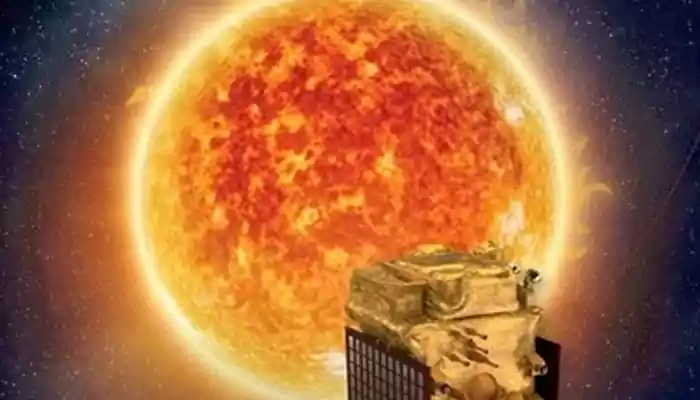
Aditya-L1 is India’s first solar mission dedicated to observe the Sun.
With an aim of studying the Sun from its halo orbit, Aditya-L1, India's first-ever solar mission was launched on September 2 from the Satish Dhawan Space Centre (SDSC) in Sriharikota, Andhra Pradesh. From developing every instrument in India to successfully starting the operation, Indian space agency has cemented its position in space technology. In this article, we will discuss about activation of second instrument of Aditya L1 spacecraft.
ISRO, on the first week of December, confirmed that Aditya Solar Wind Particle Experiment (ASPEX) payload onboard India's first solar satellite Aditya-L1, has initiated its operations.
Sharing the post on X, the Indian space agency said, “The Solar Wind Ion Spectrometer (SWIS), the second instrument in the Aditya Solar wind Particle Experiment (ASPEX) payload is operational.”
According to the space agency, “ASPEX comprises two instruments – the Solar Wind Ion Spectrometer (SWIS) and SupraThermal and Energetic Particle Spectrometer (STEPS).” It's noteworthy to mention that the STEPS instrument initiated operation on September 10 while, the SWIS instrument was activated on November 2, 2023.
“SWIS, utilising two sensor units with a 360-degree field of view each, operates in planes perpendicular to one another. The instrument has successfully measured solar wind ions, primarily protons and alpha particles”, ISRO official said in a statement.
The ISRO recently shared a clear graph depicting the energy variations in proton (H+) and alpha particle (doubly ionized helium, He2) counts obtained by SWIS over two days.
The variations captured with nominal integration time, will provide a distinct snapshot of solar wind pattern.
About the usefulness of the instrument, ISRO mentioned: “The SWIS' directional capabilities allow for accurate measurements of solar wind alphas and protons, which significantly aids in answering long-standing concerns regarding the characteristics of the solar wind, its underlying processes, and its effects on Earth.”
"The change in the proton and alpha particle number ratio, as observed by SWIS, holds the potential to provide indirect information about the arrival of Coronal Mass Ejections (CMEs) at the Sun-Earth Lagrange Point L1," ISRO further said.
SWIS, with an ability to measure the solar wind ions, helps scientists find the queries on how solar wind ions affect the atmosphere of earth.
“ASPEX is a great tool for studying solar wind, which is the stream of matter that emanates from the Sun. Solar wind can affect Earth and other planets in many different ways. Scientists around the world are excited to see what ASPEX can reveal about nature of solar wind and its secrets. ASPEX is ready to share a lot of new information that can help us understand the Sun and its influence better,” said space and aerospace expert Girish Linganna.
(Courtesy: @isro.dos instagram channel)
The Aditya L-1 satellite has a weight of 1,475 kg, carrying seven different scientific payloads to observe the solar atmosphere, solar wind, magnetic field and overall space weather.
The payloads, VELC instrument was created at the Indian Institute of Astrophysics, Bangalore. The SUIT instrument was developed at the Inter University Centre for Astronomy and Astrophysics, Pune. The recently initiated ASPEX instrument was manufactured at the Physical Research Laboratory, Ahmedabad. The PAPA payload was developed at the Space Physics Laboratory, Vikram Sarabhai Space Centre, Thiruvananthapuram. UR Rao Satellite Centre, Bangalore contributed making SoLEXS and HEL1OS payloads.
The solar wind, a stream of charged particles emitted from the Sun, contributes largely to fluctuations in celestial radio waves observed on the Earth. If predicted earlier, there is a chance of getting less affected by these strong solar winds, which is observed to be increasing in recent times. Thus, scientists are relying largely on Aditya L1 as it can provide sufficient information.